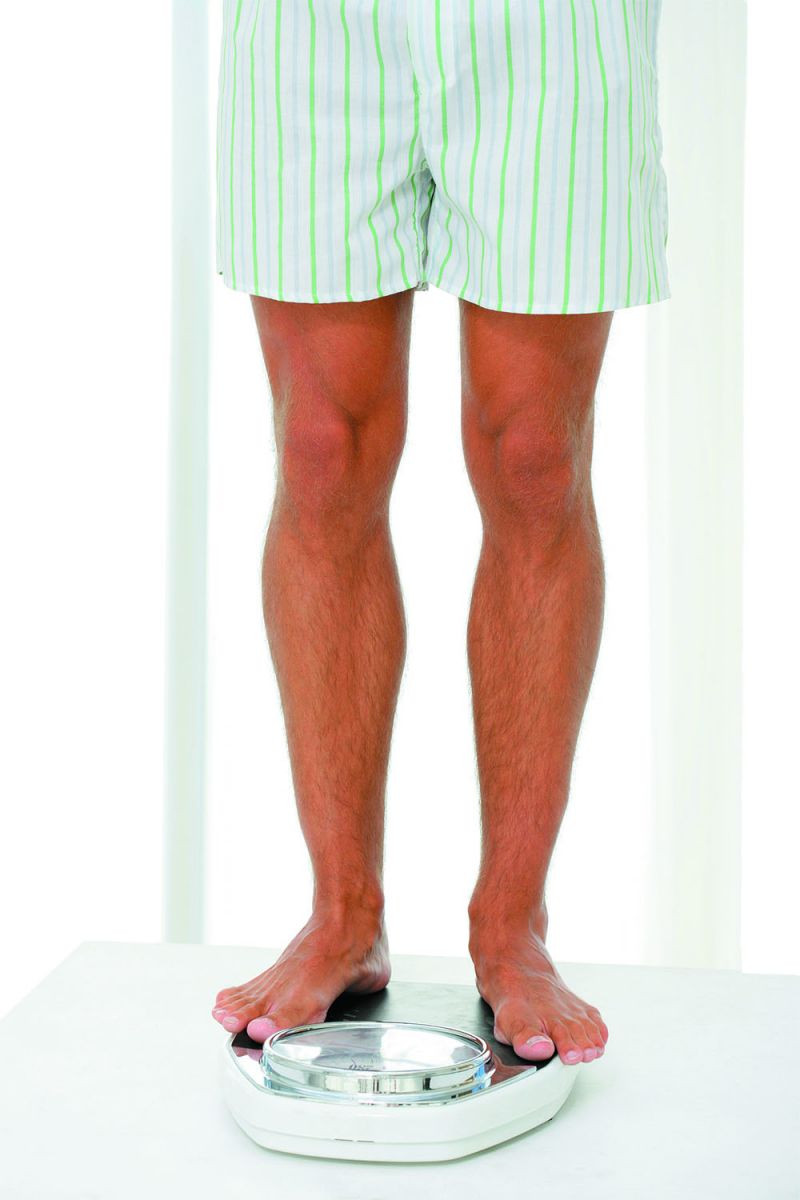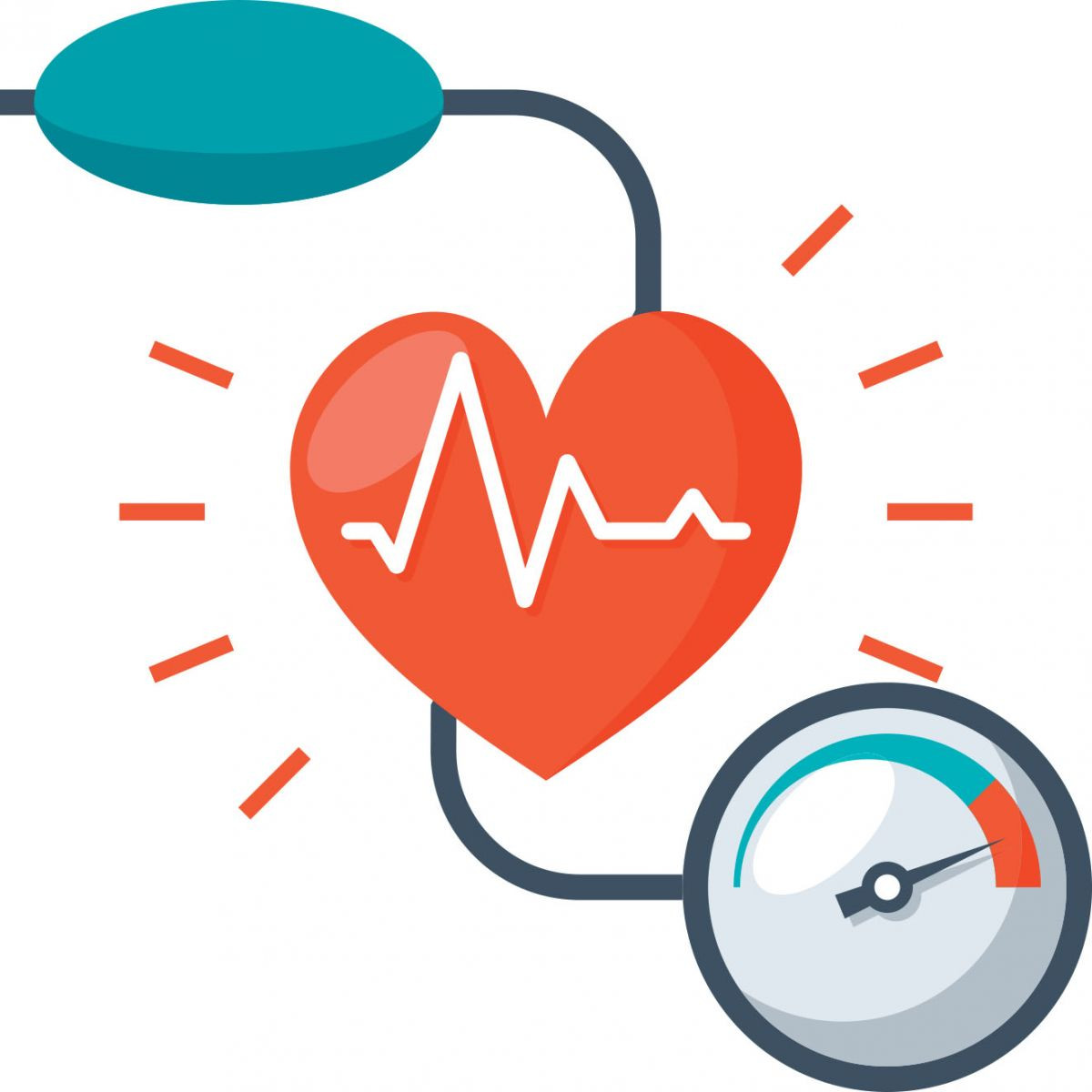
5 timeless habits for better health

What are the symptoms of prostate cancer?

Is your breakfast cereal healthy?

When pain signals an emergency: Symptoms you should never ignore

Does exercise give you energy?

Acupuncture for pain relief: How it works and what to expect

How to avoid jet lag: Tips for staying alert when you travel

Biofeedback therapy: How it works and how it can help relieve pain

Best vitamins and minerals for energy

Should you take probiotics with antibiotics?
Heart Health Archive
Articles
Should you stop anti-clotting drugs before a procedure?
Because many factors are involved, make sure your doctors talk to each other if you need an invasive test or procedure.
Image: © thodonal/Thinkstock
Millions of people with cardiovascular disease take drugs that help prevent blood clots, which can lodge in a vessel and choke off part of the blood supply to a leg, a lung, or the brain. These potentially lifesaving medications, known generally as anticoagulants, include warfarin (Coumadin) and a class of drugs called non–vitamin K antagonist oral anticoagulants, or NOACs (see "Anti-clotting drugs: The old and the new").
However, if you're taking one of these drugs and need an invasive procedure — anything from a tooth extraction to a hip replacement — managing the risks can be tricky, says cardiologist Dr. Gregory Piazza, assistant professor of medicine at Harvard Medical School. "There's a higher-than-normal risk of bleeding during and after the procedure, because your blood doesn't clot as easily," he says.
Overweight vs overfat: Is your scale lying to you?
You may be storing unhealthy amounts of visceral fat even if your weight appears normal.
For decades, the body mass index (BMI) has been the gold standard for gauging obesity-related heart disease risk. But this handy tool doesn't always tell the whole story. It extrapolates your body fat percentage based on your height and weight (see www.health.harvard.edu/bmi-calculator). But the formula can't assess how or where your body stores its excess fat — a distinction that is crucial for cardiovascular health. By some estimates, the BMI misclassifies nearly 50% of people who are at higher disease risk from excess fat, meaning that you can be overfat even when you're not overweight.
The secret life of belly fat
Some people are genetically programmed to have a lot of fat tissue under the skin, which is deployed to store extra food energy during times of scarcity. But other people have very few of these designated fat cells, explains Dr. Christos Mantzoros, professor of medicine at Harvard-affiliated Beth Israel Deaconess Medical Center.
Midlife heart health shows a link with future risk of dementia
Factors that harm your heart may be bad for your brain.
Image: © Nik01ay/Thinkstock
During middle age, factors that leave you prone to a heart attack or stroke — high blood pressure, diabetes, and smoking — may raise your risk of developing dementia a quarter-century later, new research suggests. All three things affect your vascular (blood vessel) health.
The recent study, which adds to the growing evidence linking heart health to brain health, has elements that make findings especially reliable, says Dr. Gad Marshall, a Harvard Medical School assistant professor of neurology. "For understanding the vascular risks for dementia, this study is as close to definitive as we can get," he says.
Plant-based diets that protect your heart
Limiting animal-derived foods is only part of the story.
Image: © AnnaPustynnikova/Thinkstock
If you're not totally sure what constitutes a plant-based diet, you're not alone. Many people believe a plant-based diet means a vegetarian diet — a family of eating patterns that omits some or all foods that come from animals (see "Vegetarian variations").
But plant-based diets don't necessarily exclude animal-derived foods. While the main focus is on plants — grains, vegetables, fruits, legumes (dried beans and peanuts), and nuts — these diets may include limited amounts of fish, meat, poultry, and dairy products.
“Fat but fit” still face higher heart disease risk
Research we're watching
People who carry excess weight but have normal blood pressure, blood sugar, and cholesterol values are sometimes dubbed "fat but fit." But they're still more likely to develop heart disease than people who aren't overweight, a new study suggests.
Researchers analyzed more than 7,600 cases of heart disease that occurred over a 12-year period in 10 European countries. They also used data from 10,000 healthy people without heart disease as a comparison group. Compared with people at a healthy weight, those who were overweight or obese had up to a 28% higher risk of developing heart disease.
Artificial sweeteners: No help, possible harm?
Research we're watching
Image: © Highwaystarz-Photography/Thinkstock
Close to a third of Americans say they use artificial sweeteners on a daily basis. Popular examples include aspartame (Equal, NutraSweet), sucralose (Splenda), and stevia (Truvia, Pure Via). They're all available in packets and are also added to soda, yogurt, and other foods.
But do these sugar substitutes actually help you lose weight? New research suggests they do not. In fact, these zero-calorie additives may have the opposite effect — and possibly even increase the risk of high blood pressure, diabetes, and heart disease.
Marijuana linked to high blood pressure risk
Research we're watching
People who smoke marijuana may face a higher risk of dying of complications of high blood pressure than people who never use the drug, new research suggests.
The study included 1,213 people ages 20 and older who were part of a larger national health survey that began in 2005. Those who said they'd ever used marijuana (57%) were considered users. Researchers then looked at data on different causes of death in 2011 and estimated the association between marijuana use with death from high blood pressure, heart disease, and stroke.
Air pollution: A threat to your heart and longevity?
New research links "safe" levels of air pollution to premature death.
Image: © TomasSereda/Thinkstock
Every day, you inhale thousands of gallons of air — mostly nitrogen, oxygen, and a smattering of other gases. But that air also contains tiny particles spewed from power plants, industrial factories, and vehicles. These pollutants can trigger heart attacks, strokes, and irregular heart rhythms, especially in people who already have or who are at risk for heart disease.
And even though the air we breathe is much cleaner today than it was in the 1970s, there's still room for improvement. In fact, a major Harvard study recently found that air pollution kills thousands of people in the United States each year, even at pollution levels currently allowed by the Environmental Protection Agency (see "Something in the air: Regulating pollution").
What is vasculitis?
Ask the doctor
Q. My doctor suspects I may have vasculitis. What can you tell me about this condition?
A. Vasculitis refers to a group of uncommon disorders marked by inflammation of the blood vessels. This inflammation can affect arteries, veins, or capillaries, the tiny vessels that connect the smallest arteries to the smallest veins. It can damage vessels that supply only one part of the body (such as the head or skin) or those that supply many different organs.
Seeking a second opinion: When, why, and how?
In many cases, another physician's perspective about a proposed heart procedure can be helpful.
You've just found out that several of your heart's arteries are almost completely blocked. Your doctor believes bypass surgery is the best treatment option for you, but you wonder if a less invasive procedure might be possible. Or perhaps you have a heart valve that isn't working well — should you have it repaired, or fully replaced?
These scenarios are two heart-related examples that often prompt people to seek a second opinion. "But any time a physician suggests a surgery or procedure, consulting another doctor often makes sense, especially if you have questions that aren't being explained in a way that makes sense to you," says cardiologist Dr. Dale Adler, professor of medicine at Harvard Medical School.

5 timeless habits for better health

What are the symptoms of prostate cancer?

Is your breakfast cereal healthy?

When pain signals an emergency: Symptoms you should never ignore

Does exercise give you energy?

Acupuncture for pain relief: How it works and what to expect

How to avoid jet lag: Tips for staying alert when you travel

Biofeedback therapy: How it works and how it can help relieve pain

Best vitamins and minerals for energy

Should you take probiotics with antibiotics?
Free Healthbeat Signup
Get the latest in health news delivered to your inbox!
Sign Up









